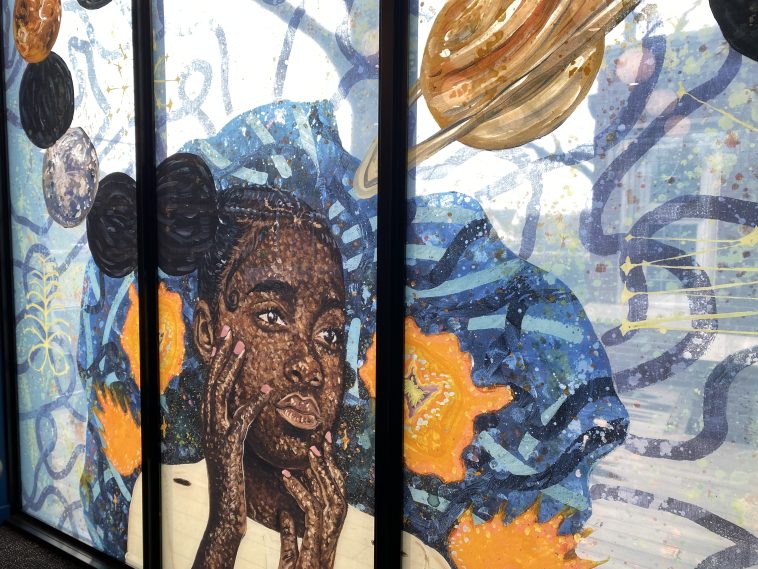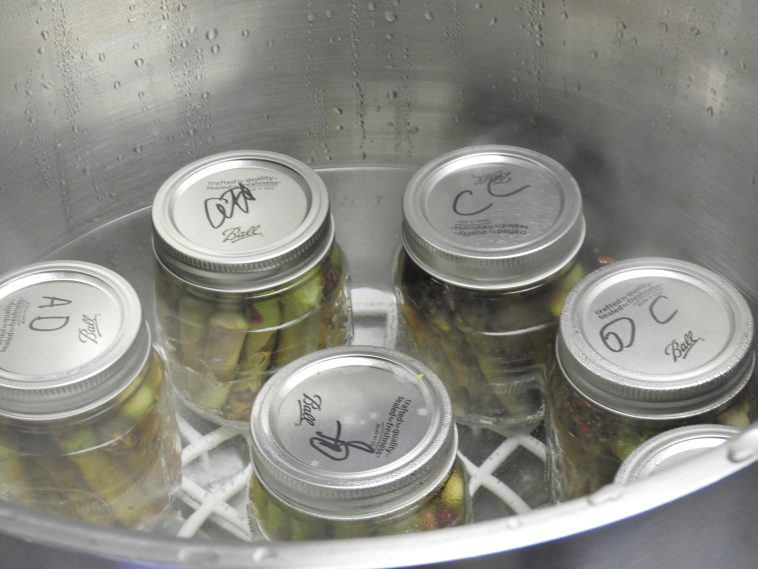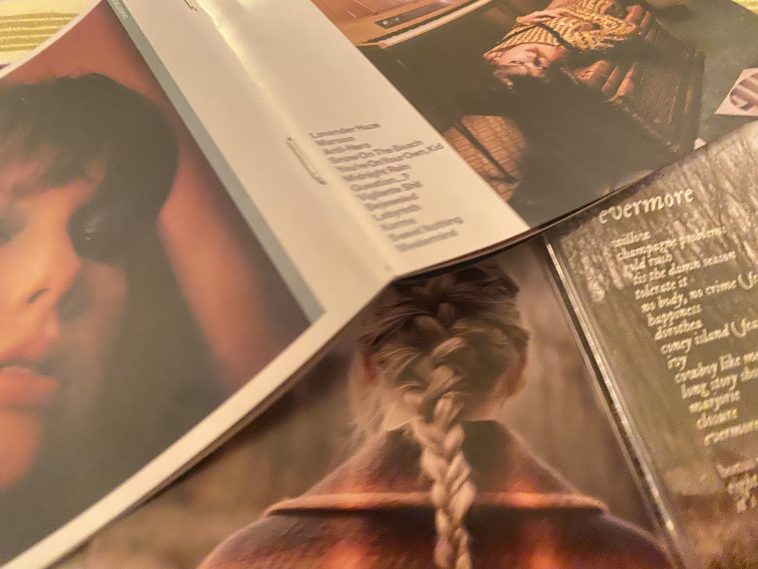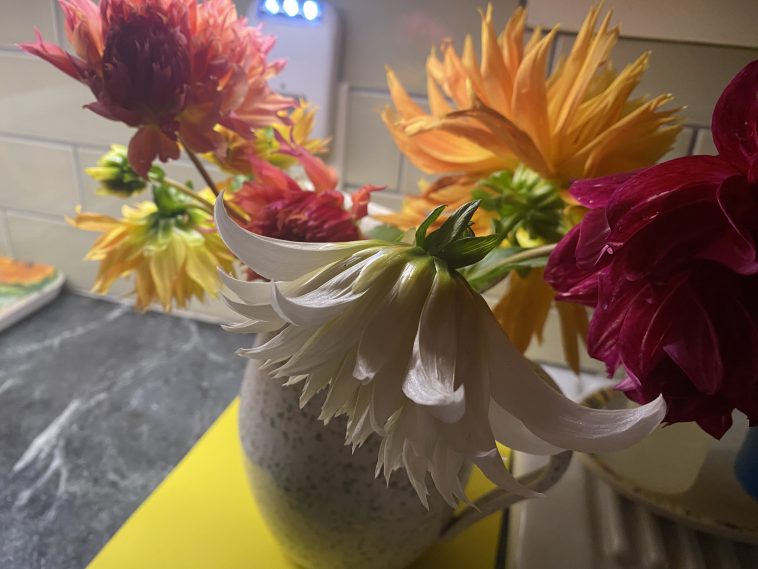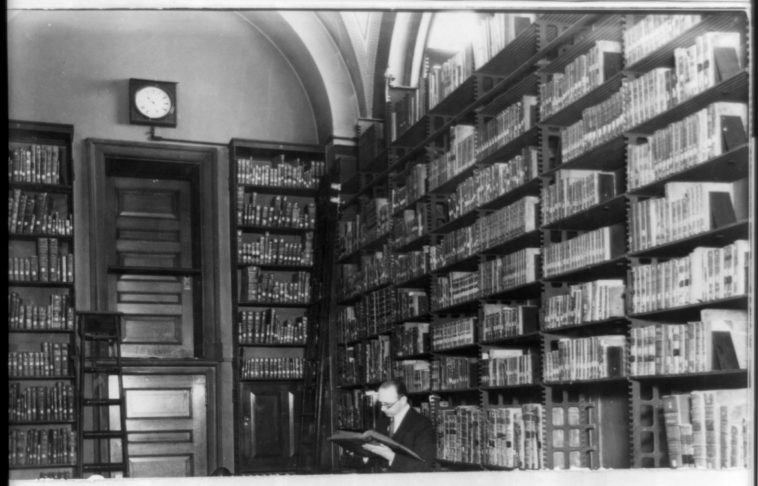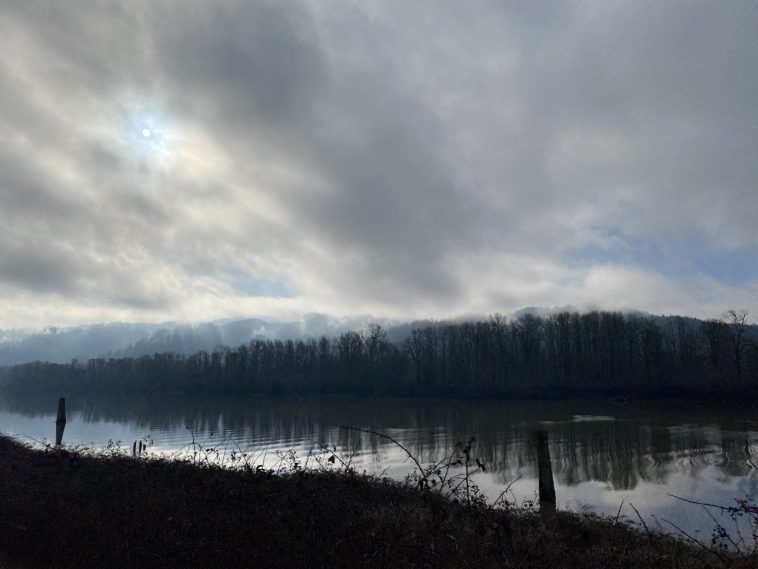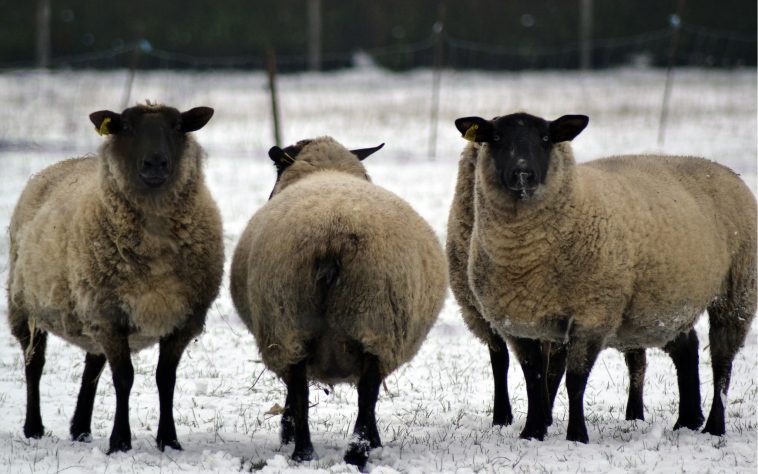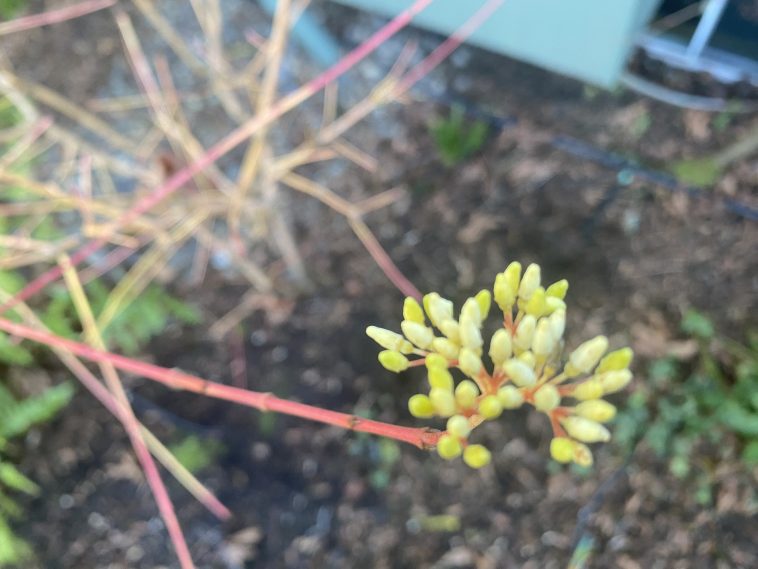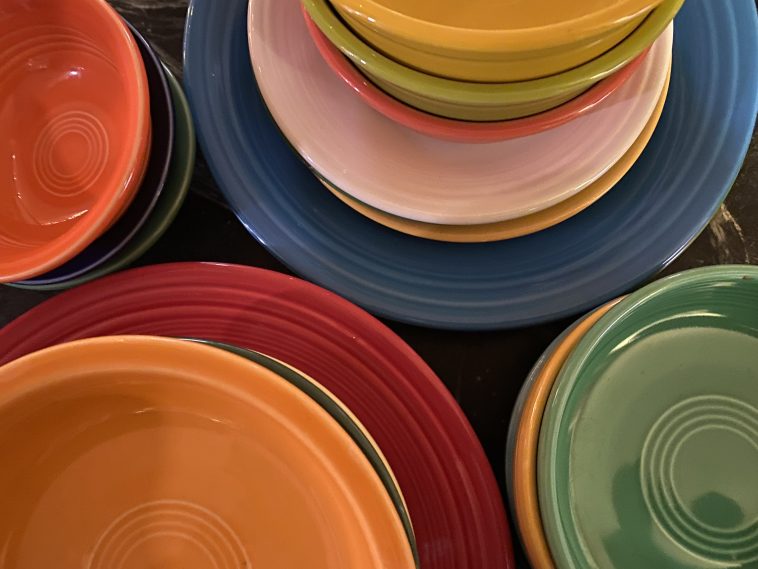Today was my first visit to the recently remodeled, newly reopened North Portland branch of the Multnomah County Library to return books I had finished reading, to pick up new ones waiting for me on the hold shelf. North Portland Library began as the North Albina Reading Room in 1909. The Jacobethan-style library was built in 1913 and renovated in 1999. The building closed in April 2023 for construction which included additional space to accommodate a new Black Cultural Center, updated technology, and new artwork…
Publication News: Passager
My narrative poem about my great-grandmother, Charity Schaeffer Lamoureaux, was published in print in Passager a long, long time ag0—yikes, a dozen years past, in Spring 2012. Per their website, Passager (passage + passenger) is “a small, independent literary press whose mission is to publish the work of older writers, encourage the imagination in the later stages of life, and create beautiful and welcoming publications. Passager was born in Baltimore in 1990…
Published but Uncollected: “My Bikini Goes to Goodwill”
I was when fifty-four years old when I wrote this free-verse sorta/kinda sexy love poem, “My Bikini Goes to Goodwill.” I remember the day I was cleaning out closets and drawers to fill a box I would later drop off at the Corvallis Goodwill store. That was when I found the forgotten and quite skimpy, two-piece bikini…
Metaphor? The Battle of Algiers
I have been watching, for the first time, the film, The Battle of Algiers. Palme d’Or and vintage 1966. I started my viewing the night …
The Last Bouquet
I picked the last batch of dahlias on November 22nd, seventeen days after the disastrous, shameful results in the U.S. presidential election. It had been a relatively warm fall overall and the dahlias just kept on blooming right up until the day when it was time to cut down the stalks, cover the beds with thick plastic, shovel then rake a thick layer of bark mulch on top—their over-wintering insulation so I did not have to dig up all the tubers and put them into crates full of peat moss and newspaper for storage…
Get Your 25-cent Poetry Here…
There is a very cool coffeehouse called The Stacks two miles from our house down Killingsworth Street. It not only serves coffee and breakfast burritos but is also a very cool community library. I met friends at The Stacks for coffee and conversation a few days ago. All around us sat (mostly) silent people with their varied incarnations of coffee drinks. Nearly all were either wearing headphones or staring into one screen or another
…
Friday Afternoon Landscape
The morning started in fog. Then a slow-to-emerge sun began to take over the day so we headed to the happy place that is Cistus Nursery on Sauvie Island a dozen or so miles out of town to look for a few more native licorice ferns—specifically the Polypodium glycyrrhiza ‘Rowdy Creek’ that the Cistus folks found growing on a stony cliff in the Redwood Belt right on the Curry County/Del Norte County line of Oregon/California. I have two already and they are thriving in our front yard shady garden…
Turning Away from (Anti-) Social Media…
Well, the time has finally come for me. I am done. I can no longer pretend these social media platforms are harmless, are working for the overall greater good. I can no longer engage, participate, abide even though I know these sites have been good for many communities particularly writers and artists. The latest news that the CEO of the companies under the umbrella of the (very silly) company name Meta will end its fact-checking program in favor of a community-based system to determine veracity and truth is the final straw for me…
The Promise of Spring
The red twig dogwood, Cornus sericea, in our backyard habitat is early to bloom this year. I have to wonder if it is because Phil, our wonderful garden helper, did his expert pruning magic with it last fall and that cleaning up somehow gave the shrub permission to gussy up and shine. Its flower start yellow then open to blooms of white. These blossoms will come to be a favorite for the wild bees living in the big leaf maple and the butterflies when they return come spring…
Celebrating This Website’s China Anniversary
It boggles the mind, my mind, that it has been twenty years! since I first launched this website, www.nancyflynn.com, with the graphic design wizardry of my dear friend, Cynthia Frazier-Rogers. In 2004—when W. Bush was the President, when we were mired in that tragic folly of the Iraq war, when I was still in my freaking forties!—I remember regularly monitoring the ICANN domain name registry. I was waiting to pounce on and (hopefully) reclaim the .com version of my name…

